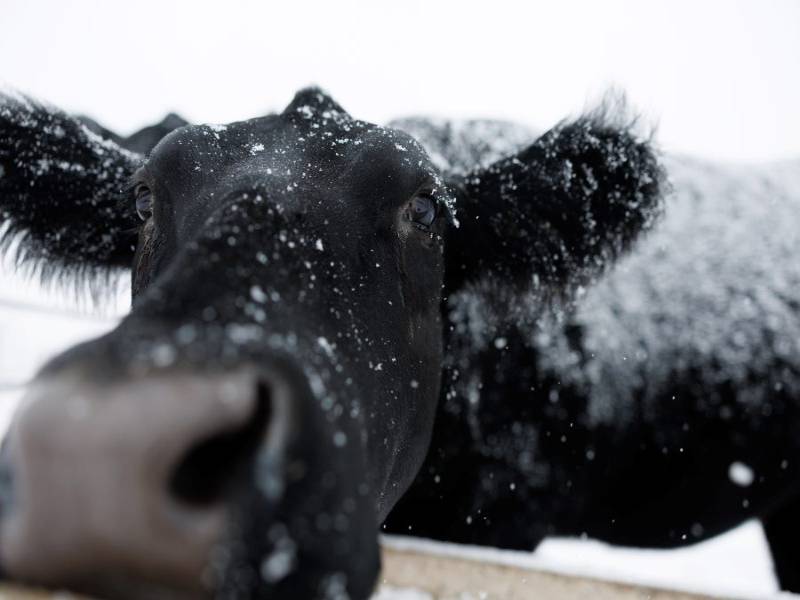Livestock Economics
OSU Agriculture
Livestock Market Information
Below is a list of links that provide market information to benefit producers.
Pricing and Price Discovery Issues
Price Discovery
Price discovery is an on-going concern to many in the livestock industry. Similarly, price discovery has been a topic of research and extension education at Oklahoma State University for more than two decades.
Price discovery is frequently confused with price determination. These are two related but different concepts that need to be understood. Price discovery involves the process of buyers and sellers arriving at a transaction price for a given quality and quantity of a product at a given time and place.
It involves several interrelated concepts, among them market structure (number, size, location, and competitiveness of buyers and sellers); market behavior (buyer procurement and pricing methods); market information and price reporting (amount, timeliness, and reliability of information); and futures markets and risk management alternatives.
Low vs. High Livestock Prices
Low (and high) livestock prices are related to price determination factors, not price discovery factors. Low (and high) prices result from supplies that are large (small) relative to current demand conditions.
Variation in week-to-week or daily prices across sale lots of livestock, both above and below the market price level, result from many factors directly affecting price discovery, and which include pre-committed supplies, market information, and buyer concentration.
Livestock firms can do little about the broad forces that affect price level (price determination), but they can take steps that affect prices paid for individual sale lots (price discovery).
Presentations
Dr. Clem Ward has spent much of his career studying distinguishing features of price determination and price discovery. Publications and presentations listed in these pages include information related to understanding the mechanics of how meatpacking firms price livestock and meat. Much of the most recent work has focused on grid pricing.
Production Marketing Interrelationships
Livestock production and marketing are interrelated. Ideally, before production begins, producers have a plan to target their production to a specific market segment or customer group. Selling is simply converting what is produced into cash or income. Marketing involves knowing your customers, recognizing their needs, and working to meet those needs through production, processing, and distribution. Marketing involves creating value for buyers in time (meeting customers’ needs on a certain day, week, or month), place (meeting customers’ needs at a specified location), and form (meeting customers’ needs for a given quality).
Some of Dr. Ward’s extension and research has involved projects that span the boundary between livestock production and marketing. Presentations and publications listed in these pages focus on topics related to the cow-calf segment of the beef industry.

